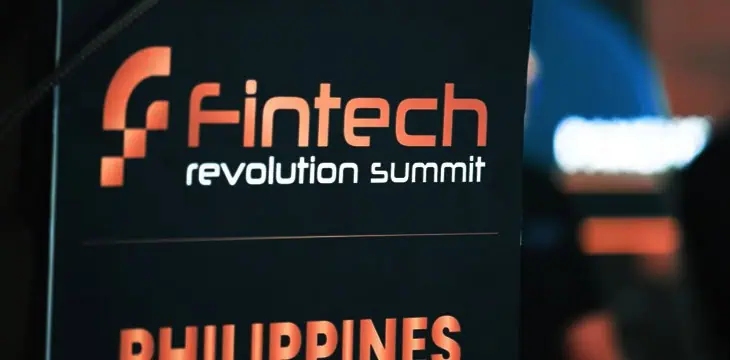|
Getting your Trinity Audio player ready...
|
https://www.youtube.com/watch?v=0p6Eb0JCz6E
The CoinGeek Toronto concluded after its successful two-day run and attendance was incredible. Rightfully so, given the amount, and value of information disseminated by the leading Bitcoin experts. nChain Chief Technology Officer Steve Shadders was on hand and provided an overview of what has brought Bitcoin SV (BSV) to where it is today, and where’s it going to be tomorrow. To say that his presentation was truly enlightening would do it a gross injustice.
The technical roadmap for BSV encompasses more than just the cryptocurrency or the blockchain; it is the creation of an entire ecosystem that is being driven by everyone involved. Over the past six months, there have been plenty of scaling milestones to show the power and versatility of the BSV network, but this is just one small part of what’s coming.
Bitcoin Core (BTC) developers swore, in 2017, that blocks larger than 1MB weren’t possible. They argued that anything larger would be unsafe. Bitcoin Cash (BCHABC) developers reiterated this the same year—after achieving 22MB. They said to go larger would be catastrophic for the blockchain. However, BSV has already proven, over and over, that those developers were completely wrong. Not only has the network been able to reach 64MB blocks without any issues, but it has gone up to 1.4GB blocks and still persists today. Since then, the amount of creativity seen on the BSV network has exploded, and the data revolution has begun.
Now that everyone knows that large block sizes are not an issue, the next obstacle to tackle is to increase the number of transactions possible on the network. This is already being addressed by nChain and others, and the issue comes down to enhancing the software capabilities of the blockchain. This June or July, an upgrade to the network will help facilitate that enhancement as the network continues to improve.
Coming soon, “secure instant” transactions—also known as 0-confirmation transactions—are going to be possible. To that end, BSV developers are working on a new merchant API (application programmed interface), incremental blocks and a new miner identification system. BIP270 is already in place to allow true peer-to-peer payments and support a system that no longer relies on wallet addresses, QR codes, etc., for transactions—nothing more than an email address would be needed. This is already being integrated into all BSV wallets, including Hand Cash, Centbee and others, and comes through the integration of Paymail.
A new business interface is also being developed, which will give businesses a system that provides a look and feel that they’re accustomed to in order to further BSV adoption. Onboarding, Metanet and Tokenized are constantly being improved in order to further build the BSV blockchain and make it as versatile as possible.
Later this month, or possibly July, the Quasar upgrade is going to introduce minor block size changes and parallel transaction validation. It will also lead to more hardware capabilities being brought online, which translates directly to more capacity and scaling improvements. This is all part of the “Roadmap to Genesis,” which is gathering steam and leading to a better BSV blockchain.
The next big upgrade will take place next February and is aptly dubbed Genesis. The block size limitation is going to be completely removed—a feat no other blockchain has come close to accomplishing—and certain scripts will be restored to their original form.
Shadders concludes the presentation by pointing out a fact that should make true Bitcoin believers proud. BSV has become the only blockchain to evolve to a point that hash rate, which is equivalent to the security of the blockchain, is no longer a function of price on BSV. It is now a function of usage, a fact that is supported by the costs associated with transactions and the block rewards. This is how the original Bitcoin was designed, and why BSV is the only true Bitcoin.

 07-11-2025
07-11-2025 





